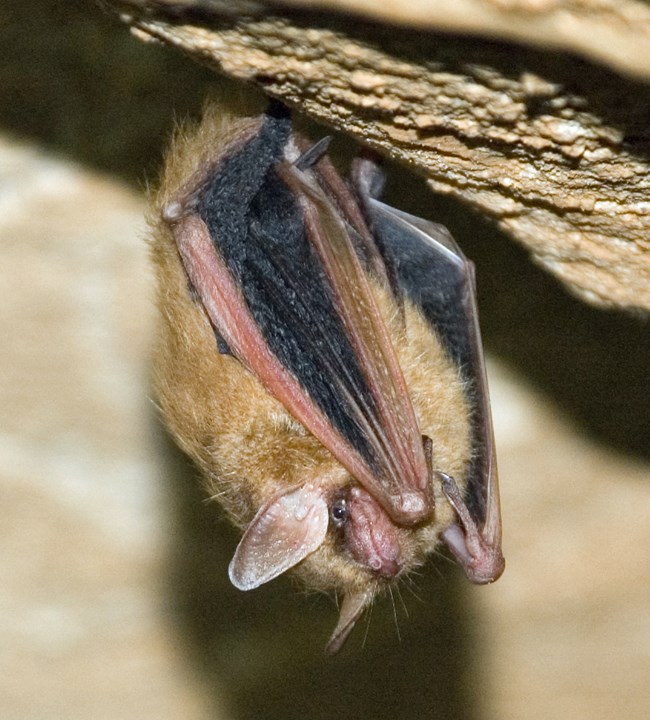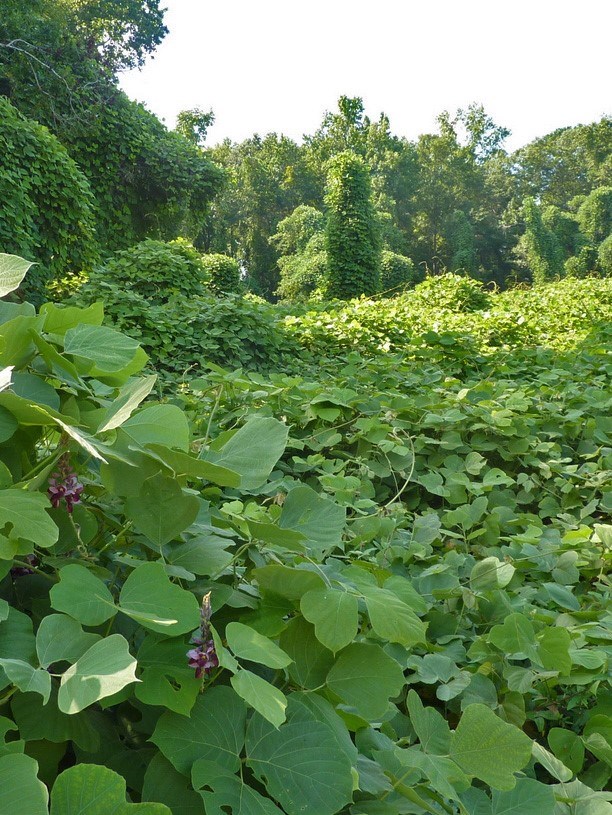|
One of the biggest issues of concern currently affecting our national parks is climate change. A 2016 Program Brief published by the National Park Service states:
Learn more about...In 2010 the NPS released a four-part NPS Climate Change Response Strategy.This strategy identified four key components which guide the agency in their decision making and management regarding climate change: • Science Mammoth Cave National Park works closely with regional and national personnel to implement the strategy at the local level. Specific ImpactsMammoth Cave National Park contains some resources, particularly those associated with caves, which might be significantly impacted by climate change, especially warming temperatures. 
NPS Photo Hibernating BatsSome hibernating bat species require a very narrow temperature range to survive over-winter, others require comparatively cold hibernacula found only in a few caves or sections of caves in the park. These cave areas typically have open, vertical entrances or chambers into which cold air sinks, especially at night, and keeps the temperature several degrees colder than most of the other cave passages nearby. If the average winter temperature of these areas increases by only a few degrees, these bats may not be able to survive here. It is likely that if the local habitat becomes too warm, bats may tend to migrate north of the park searching for cooler caves to use for hibernation. Unfortunately, the range of caves which provide potential habitat for these bats runs out not too far north of the park. Meaning, if the caves of the Mammoth Cave area become too warm as the climate changes, there may not be any place for these bats to go. 
NPS Photo ROCR Harmful and Invasive Plants and AnimalsOther serious concerns about climate change may include an increase in populations of invasive plant and animal species. Some aggressive plant species such as Japanese honeysuckle and kudzu are partially kept in check in the park due to winters which are cold enough to reduce their rate of spread. Other animal species such as armadillos appear to be expanding their range northward as the climate warms, introducing entirely new components into the ecosystem. The effects of other new predators and consumers in an ecosystem are unknown at best. With warming temperatures and other changing climatic conditions, populations of species such as ticks and other insects may see alarming increases, without long enough periods of below freezing temperatures to help keep their populations in check over winters. Weather PatternsClimate change may also include a change in variables such as amounts of precipitation, relative humidity, and severe weather occurrences. Each of these changes may affect any number of resources within the park in ways which would not otherwise occur. To prepare for this, the NPS is implementing the four-part Climate Change Strategy mentioned above as a best management practice to identify and minimize potential impacts associated with climate change. |
Last updated: January 10, 2022
